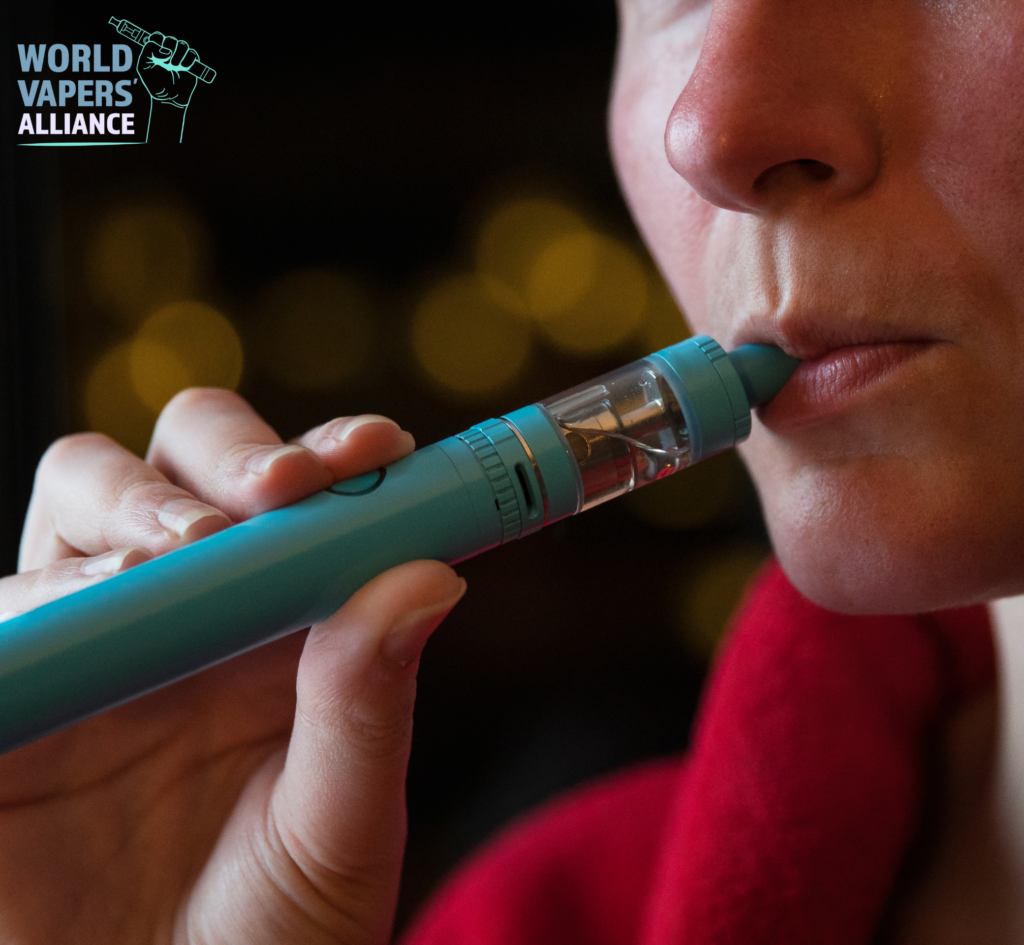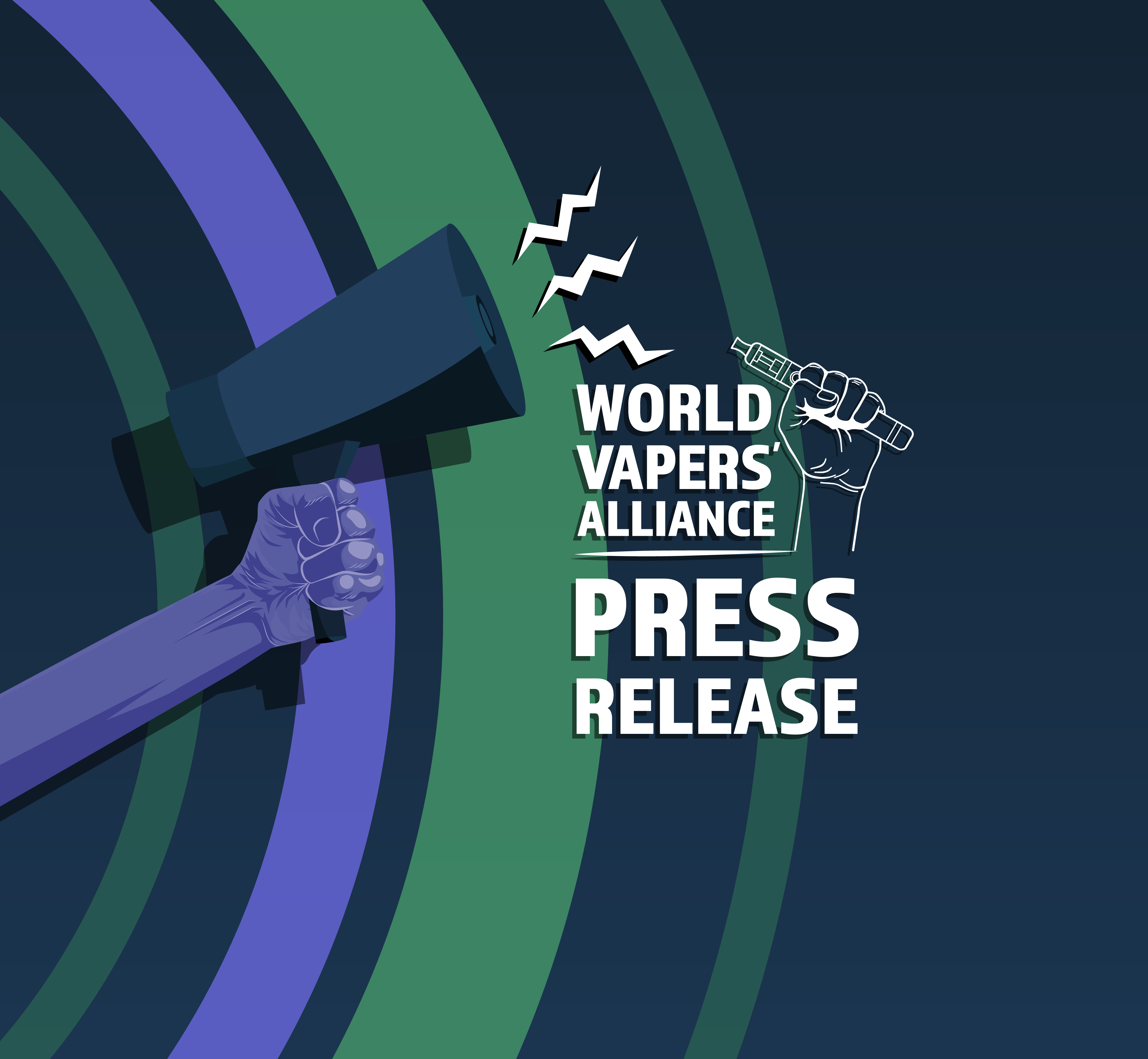L’objectif de réduire les inégalités en matière de santé publique demeure une question urgente. Le fardeau des maladies liées au tabagisme pèse de manière disproportionnée sur les pays et les groupes à faible revenu dans le monde entier, car ils présentent des pourcentages plus élevés de fumeurs actuels, un accès moindre à l’information et aux thérapies de sevrage tabagique et aux produits alternatifs. OMS On estime que le tabagisme cause plus de 8 millions de décès par an, un chiffre qui devrait atteindre 10 millions d'ici 2030, avec 70% se produisant dans les pays à revenu faible et intermédiaire.
De nouvelles alternatives moins nocives au tabac ont vu le jour et constituent une solution potentielle à ce problème. Des produits comme les sachets de nicotine, le snus et le vapotage offrent une occasion unique de lutter contre les inégalités en matière de santé. L'ouverture aux produits de réduction des risques peut combler le fossé et permettre aux personnes de faire des choix éclairés en leur proposant une alternative pratique et moins coûteuse au tabac. Il est temps que les décideurs reconnaissent enfin le potentiel révolutionnaire des mesures de réduction des risques.
Réduire les inégalités liées au tabagisme
Le snus, les sachets de nicotine et le vapotage peuvent contribuer efficacement à réduire les inégalités de santé liées au tabagisme dans les régions défavorisées. Ces populations présentent souvent des taux de tabagisme plus élevés et éprouvent des difficultés à accéder aux méthodes classiques de sevrage tabagique. Le vapotage et les produits similaires peuvent contribuer à combler ce fossé et à améliorer l'égalité d'accès aux soins en offrant une option de réduction des risques plus pratique et moins coûteuse. Toutefois, pour exploiter pleinement ce potentiel, le cadre réglementaire doit être adapté. L'enjeu principal réside dans une réglementation et une taxation fondées sur les risques. Les alternatives moins nocives doivent être moins chères et plus facilement accessibles aux fumeurs que les cigarettes.
Accessibilité et abordabilité
Les méthodes traditionnelles de sevrage tabagique, comme les substituts nicotiniques, peuvent s'avérer coûteuses pour de nombreuses personnes. De plus, elles sont inefficaces pour la plupart d'entre elles. La grande majorité des fumeurs échouent à arrêter de fumer. Le vapotage et le snus, en revanche, se révèlent être parmi les méthodes les plus efficaces. les plus réussis Les aides au sevrage tabagique constituent une option viable pour les personnes chez qui les autres méthodes de sevrage ont échoué. Pour que ces produits soient accessibles au grand public, une réglementation adéquate est essentielle. Un cadre juridique approprié, facilitant l'achat de ces produits par les adultes et les incitant à passer à des alternatives moins nocives en les soumettant à des restrictions moins strictes que celles appliquées au tabac, peut rapidement faire baisser le taux de tabagisme. L'un des principaux facteurs d'incitation au changement est l'économie réalisée. Par conséquent, le maintien d'une différence de taxation avec les produits du tabac afin de les rendre plus abordables encouragera les fumeurs à abandonner ces alternatives et à améliorer leur santé.
Personnalisation selon les besoins individuels
Avec des dosages de nicotine et des saveurs variés pour satisfaire tous les goûts, le vapotage et le snus permettent une consommation de nicotine personnalisée. Cette flexibilité permet à chacun de choisir les produits qui lui conviennent. Par conséquent, les interdictions de saveurs et les restrictions trop faibles en nicotine pénalisent les fumeurs qui tentent d'arrêter. Chaque personne est différente, c'est pourquoi nous avons besoin d'un maximum d'options.
Potentiel de réduction des risques
Plus que 100 agences de santé publique et gouvernementales, Des organismes comme Public Health England ont notamment identifié le vapotage comme un outil de réduction des risques et ont conclu qu'il est 95 % moins nocif que la cigarette. Les sachets de nicotine sont beaucoup moins nocifs. nocif Les alternatives à la nicotine présentent un profil de risque similaire à celui des substituts nicotiniques classiques (gommes ou patchs, par exemple). Les décideurs politiques peuvent réduire le coût disproportionné des maladies liées au tabagisme qu'ils supportent en autorisant le vapotage, le snus et les sachets de nicotine comme option de réduction des risques.
Déplacer l'attention vers le préjudice réel plutôt que vers la consommation
Les décideurs politiques devraient privilégier l'amélioration de la santé publique plutôt que de se concentrer uniquement sur la consommation de nicotine. L'abstinence totale serait l'idéal pour beaucoup, mais elle est aussi hautement irréaliste. Il est clair qu'il existe une demande pour la nicotine. Des produits comme le snus, le vapotage et les sachets de nicotine permettent de dissocier les composants les plus nocifs du tabagisme de la nicotine elle-même. Bien que le risque ne soit pas nul, il s'agit d'une méthode de consommation de nicotine bien moins nocive que le tabagisme. Ainsi, chaque fumeur qui opte pour ces produits contribue à améliorer la santé publique.
Nous pouvons réduire les inégalités pour les pays et les populations à faibles revenus en intégrant les produits de réduction des risques comme le vapotage et le snus. Reconnaître leur accessibilité, leur diversité et leur potentiel de réduction des risques permettra aux individus de prendre des décisions éclairées concernant leur bien-être. Enfin, les décideurs doivent engager un dialogue avec les personnes les plus concernées – les consommateurs de nicotine – et promouvoir des réglementations fondées sur des données probantes qui privilégient la réduction des risques plutôt que la consommation.
(Cet article d'opinion a été initialement publié dans Vaping Today) Espagnol )






Une réponse